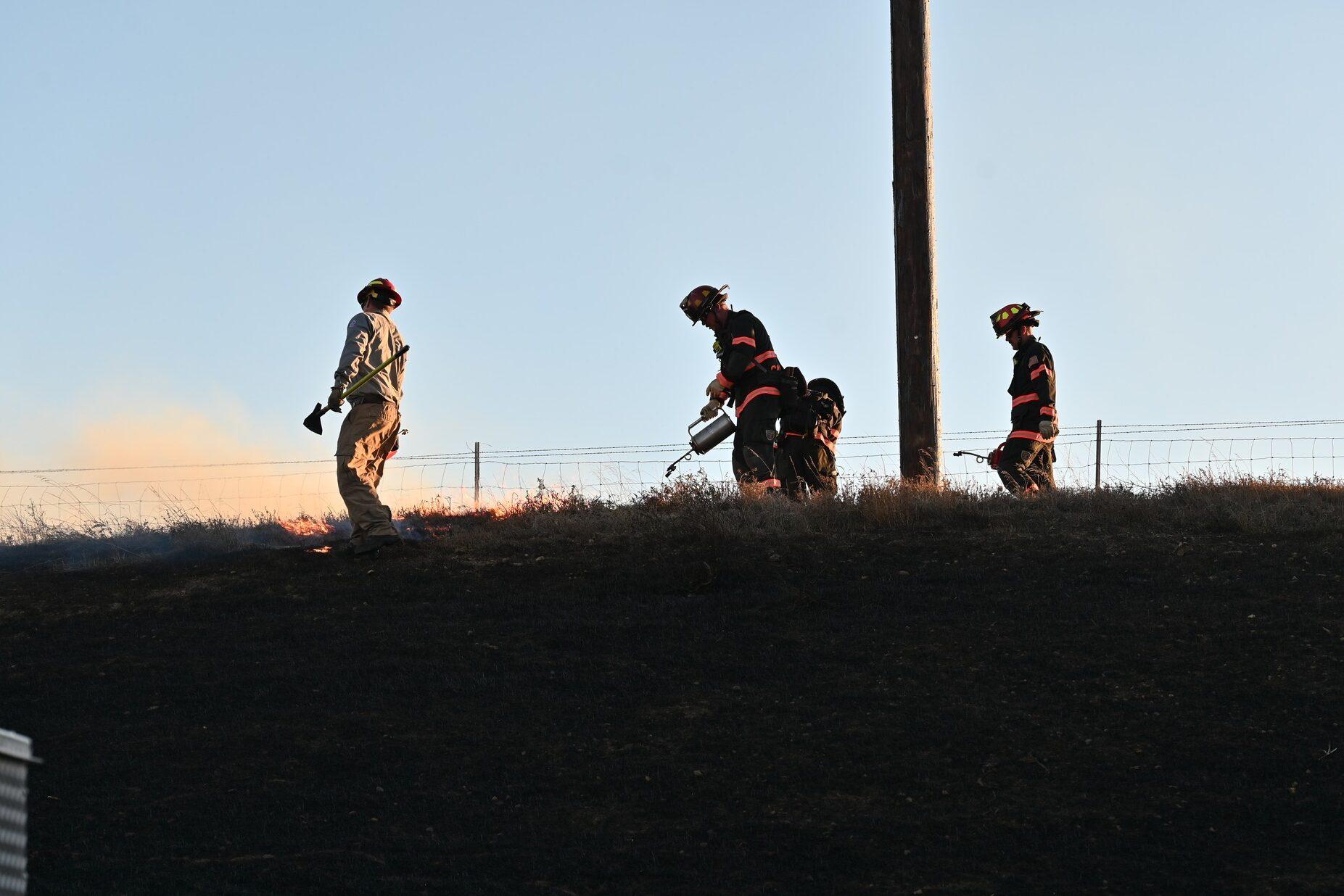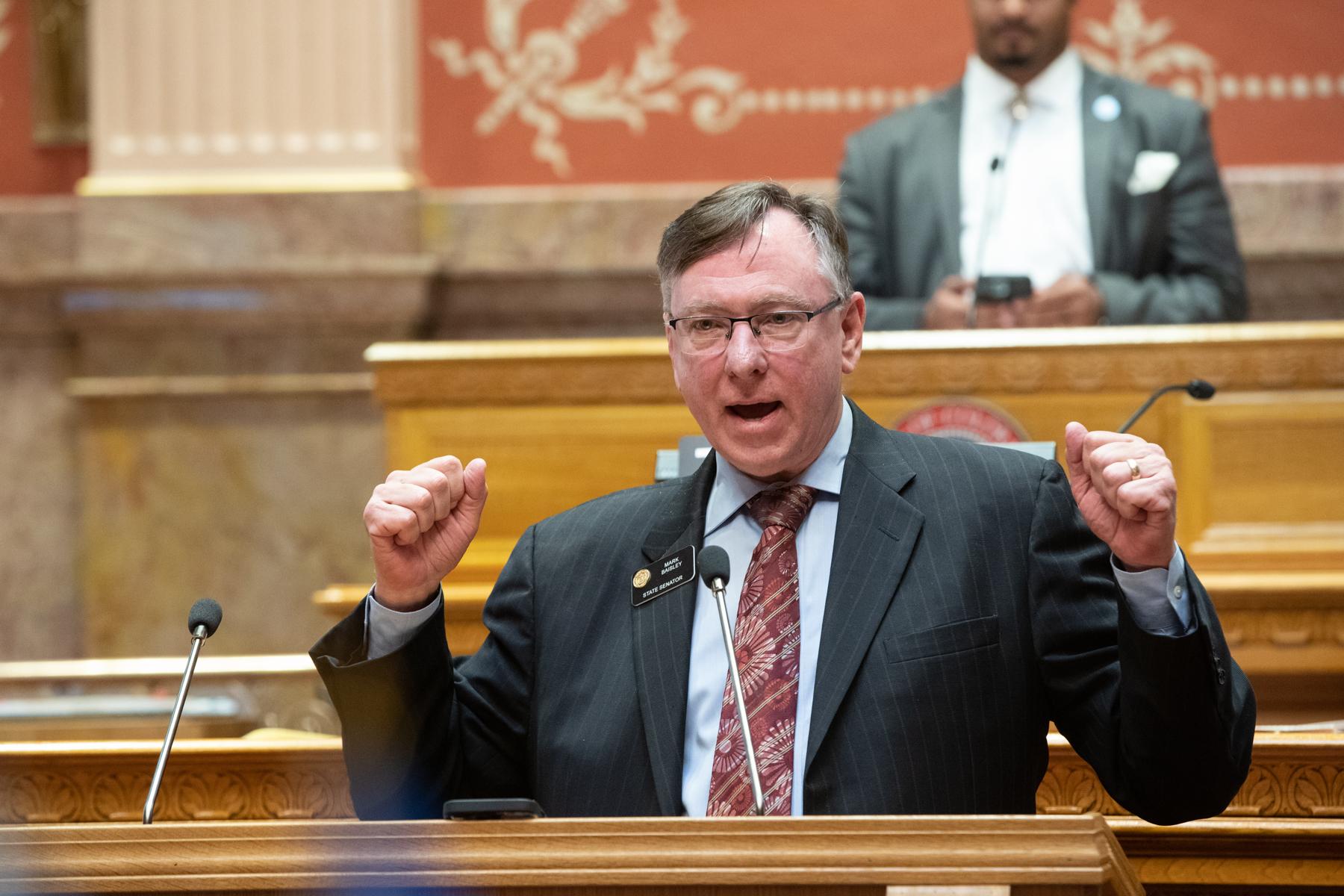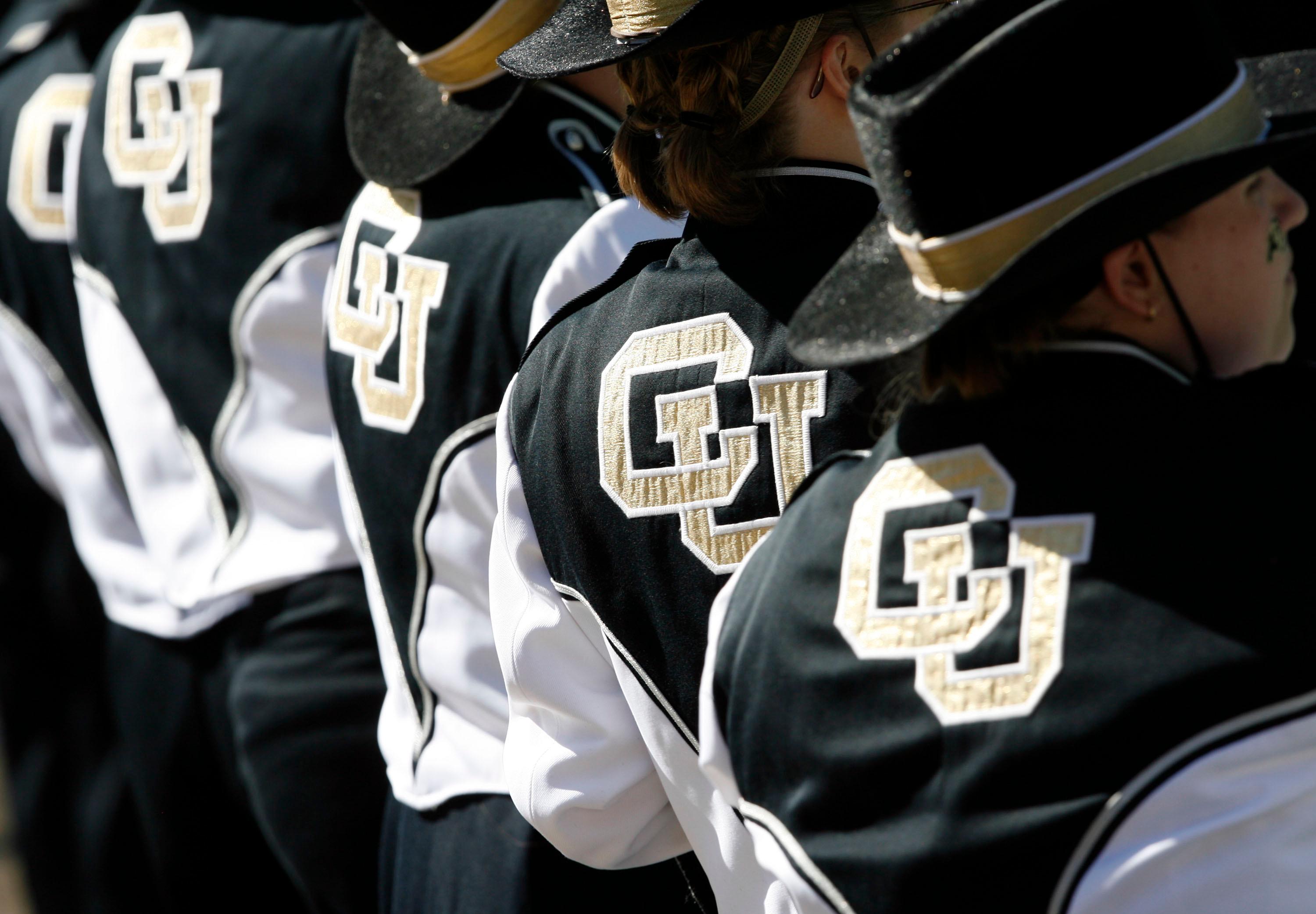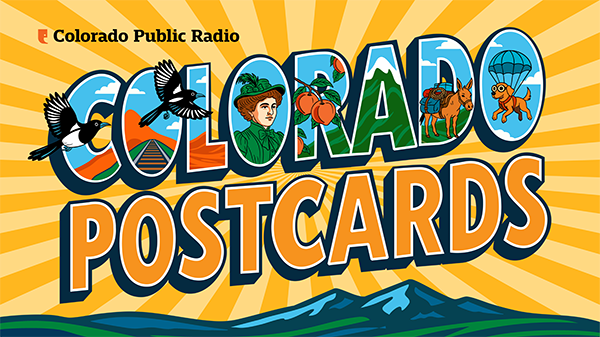
The Eisenhower Tunnel takes I-70 drivers west. The Johnson Tunnel leads them east. But only one bore through the Continental Divide is named after a U.S. president. That would be the westerly one — for Dwight David Eisenhower, our 34th chief executive.
Many believe the other bears the name of President Lyndon Baines Johnson. But that is not so. Rather, the Johnson Tunnel is named for perhaps Colorado’s most successful politician: Edwin C. Johnson. He was governor for two stretches — 20 years apart. In between, he served in the U.S. Senate. He was also a lieutenant Governor and state lawmaker.
“There were some champions for the tunnel and one of them was Governor Johnson,” Colorado Department of Transportation Senior Historian Lisa Schoch told Colorado Matters. “He was really a champion of transportation and industry and the ski industry and tourism. And he really wanted there to be a tunnel that connected the state.”
The Eisenhower side opened first in 1973. The Johnson tunnel became operational six years later, by which time its namesake had passed away. Coloradans were devastated by his demise.
“In 1970, when he died, he had a state memorial service,” historian Derek Everett told the Lost Highways podcast. “His casket lay in state at the base of the stairs in the Capitol Rotunda and there was a story in the newspaper that people who passed by would reach in and grab his hand as if they were shaking Ed Johnson's hand one last time,” he added.
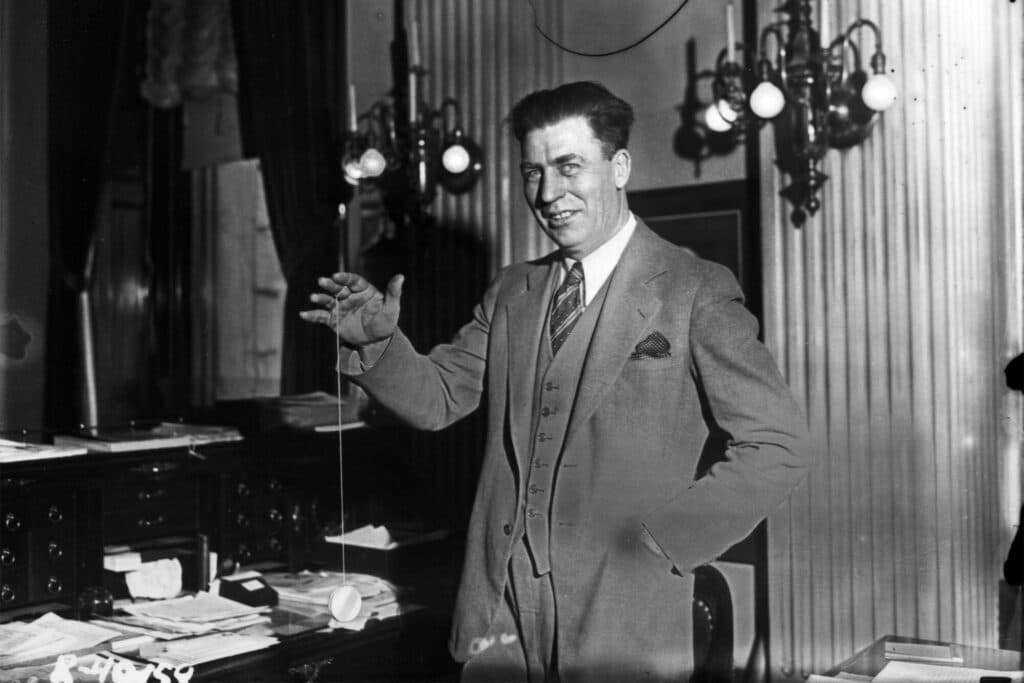
As a young man, Johnson had come to Colorado from neighboring Nebraska in hopes of recovering from tuberculosis. But later, as a politician, he worked to shut others out — closing Colorado’s southern boundary to what he called “aliens and Indigenous people,” according to Lost Highways.
But Gov. Johnson was hard to put into a box. He also actively opposed Colorado’s powerful Ku Klux Klan. Moreover, he was an anti-New Deal Democrat.
So, the next time you motor east at the tippy-top of I-70, remember to think Edwin, not Lyndon.
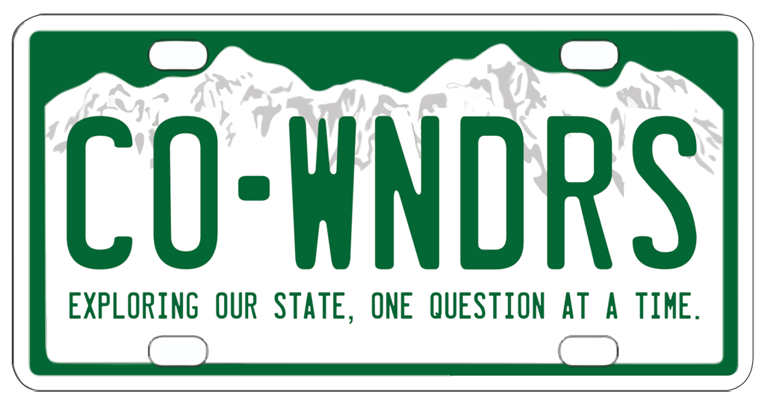
Colorado Wonders
This story is part of our Colorado Wonders series, where we answer your burning questions about Colorado. Curious about something? Go to our Colorado Wonders page to ask your question or view other questions we've answered.

